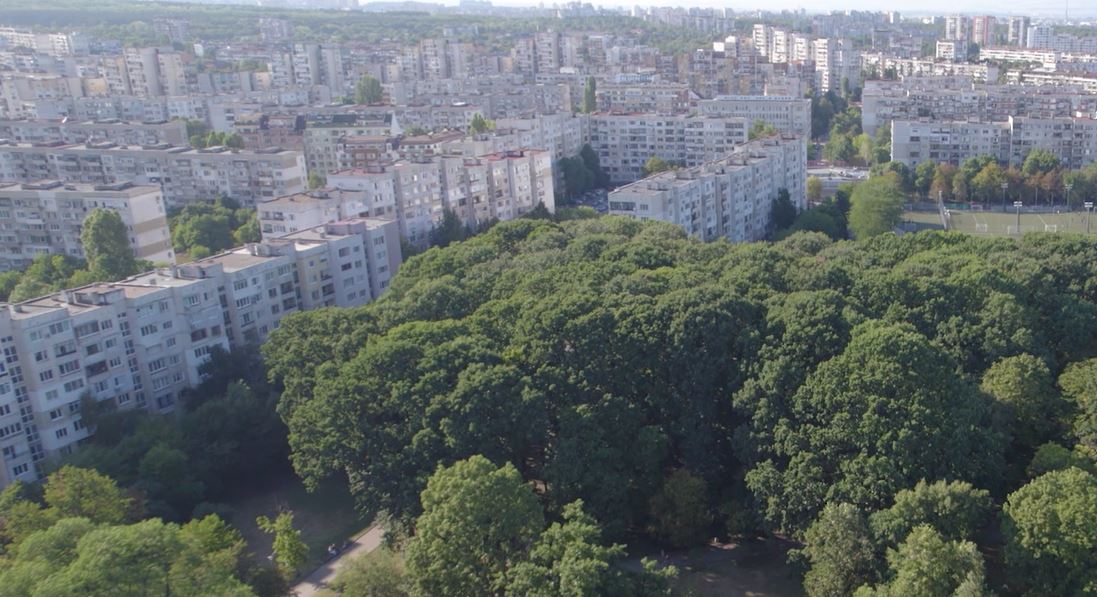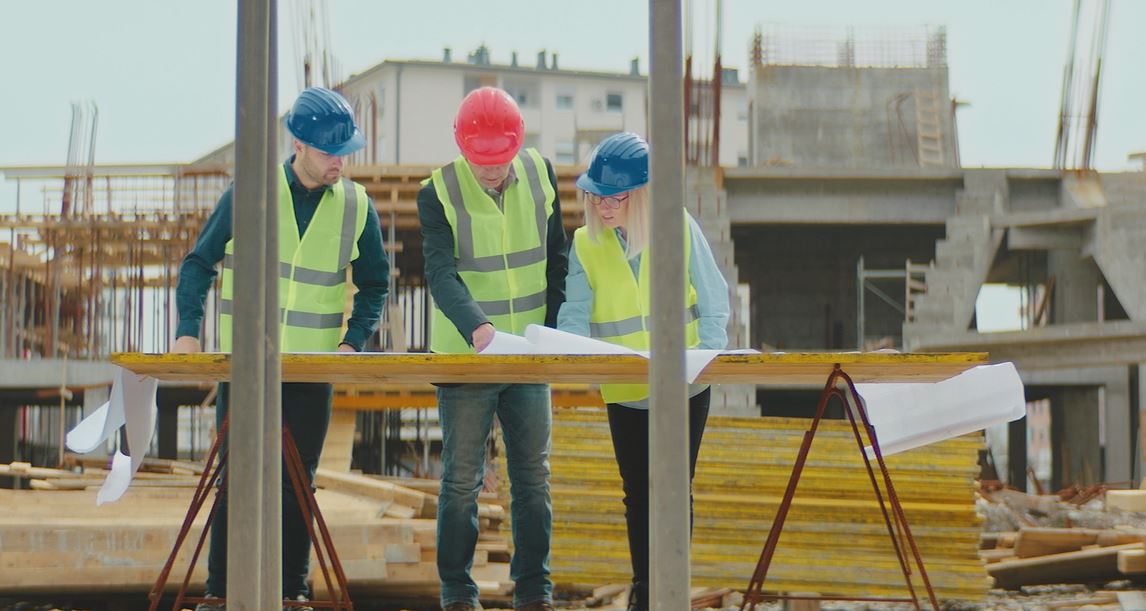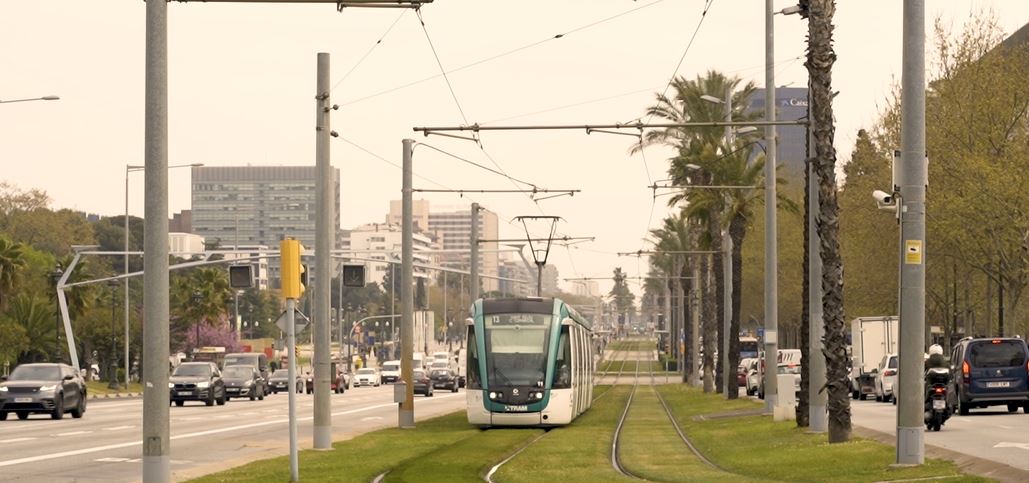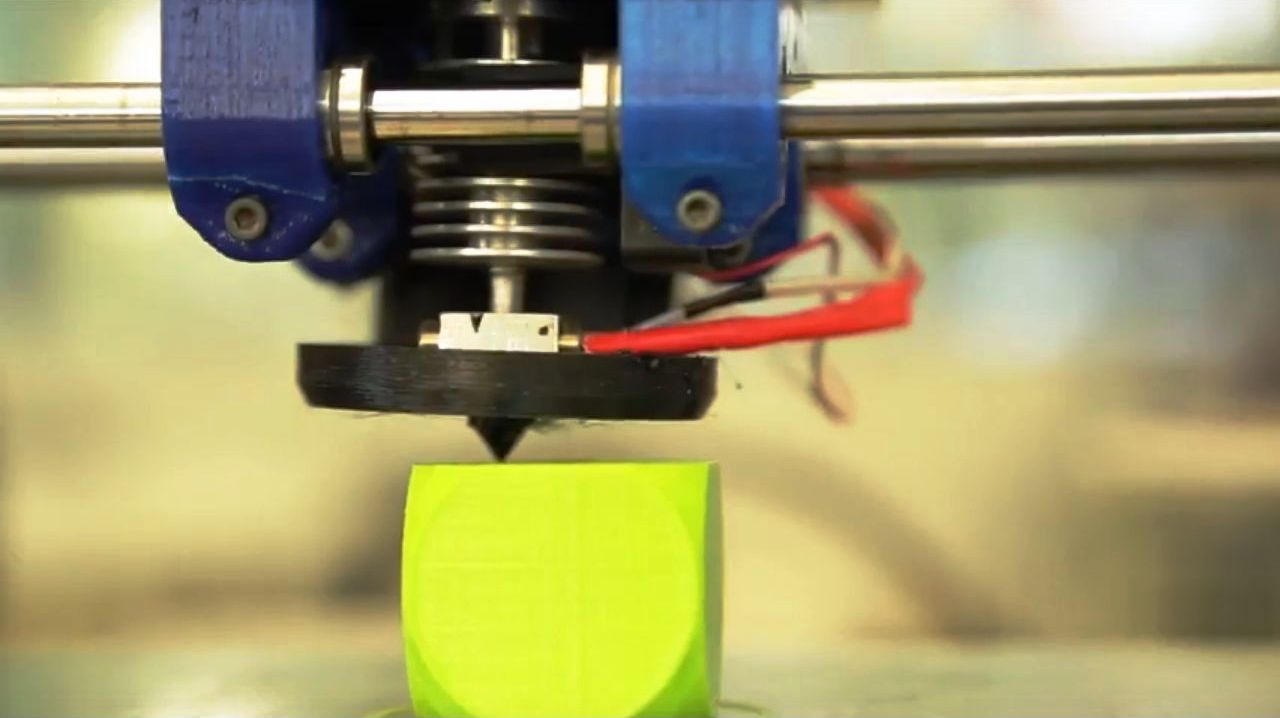
Fire protection facility maintenance officer
Other denominations
Fire safety facility maintenance officer
Description
The aim of a fire protection facility maintenance officer is to ensure that fire protection facilities are in proper working order and are maintained, in accordance with Royal Decree 1942/1993, of 15 November, which approves the Regulations on Fire Protection Facilities (better known as the RIPCI). It is worth remembering that fire protection facilities are not used regularly, but must be in proper working order and ready for use in emergencies. Similarly, the Regulations on Fire Protection Facilities sets forth the time considerations and methods in relation to performing maintenance on facilities. The Building Standards Law (Ley de Ordenacin de la Edificacin, LOE) provides that, as part of the construction requirements, "with the aim of guaranteeing people's safety, the well-being of society and the protection of the environment, buildings must be designed, constructed, maintained and preserved...", therefore, this new requirement for fire protection facilities has a power that had never previously been included in a document with the force of law.
Tasks
- Perform maintenance on fire protection devices, equipment and systems and their components.
When performing these tasks, apply the requirements and standards set forth in the Fire Protection Facility Regulations and, where necessary, possible specific regulations associated with particular facilities (for example, there are stricter regulations governing the work of companies that use chemical products). This maintenance depends on the type of facility. Thus, for example:
In fire detection and alarm systems or manual fire alarm systems, ensure that facilities are in proper working order, replace faulty parts and perform maintenance on the systems' accumulator batteries. The most common fire detection and alarm systems include smoke detectors, while the most widely used manual fire alarm systems include push button units.
Ensure the accessibility of fire extinguishers (they should be visible, at a suitable height, should not be locked, etc.), that they are properly signposted and well preserved (the seal, hose, pin, etc.). They also check the state of the extinguisher's cartridge and the metallic parts (for example, the valves). They must also ensure that they are located near the areas where there is the greatest risk of a fire occuring.
With regards to inside hose reels, ensure that equipment is accessible and signposted, inspect all of the components to check their condition and check the working pressure of the water in the network. They also clean the equipment thoroughly and grease the hinges of the box containing the fire hose reel. Inside hose reels are fixed facilities that provide water throughout a building through a network of pipes that lead to hydrants to which a fire hose can be connected.
For outdoor hydrants, check their accessibility and signposting. Grease the discharge nozzle, ensuring that the main valve and drainage system are in proper working order. Outdoor hydrants are fixed facilities that supply water throughout a building through a network of pipes that lead to a normal hydrant or sunken hydrant to which the fire service can connect their hoses.
For fixed extinction systems, such as water (sprinklers), dust, foam or others, check that the nozzles or sprinklers used to discharge the extinguishing agents are in good condition and unobstructed. They also check that all of the components of the system are in good condition. - Report any devices, equipment or facilities whose proper operation cannot be guaranteed, that have faults that cannot be repaired through maintenance or that do not comply with the current regulations.
- Repair fire safety devices, equipment and systems and their components.
- Inspect and perform maintenance on the passive protection elements installed. In fire prevention, passive protection elements refer to the construction elements in buildings associated with fire resistance, such as fire doors, coatings, particularly paints, etc. Although the regulations do not require maintenance to be performed on these elements, it is important for regular inspections to be carried out on them to ensure they are in good condition.










 | Catalan | Beginner
| Catalan | Beginner | English | Advanced
| English | Advanced
 Open
Open



 | English | Beginner
| English | Beginner


